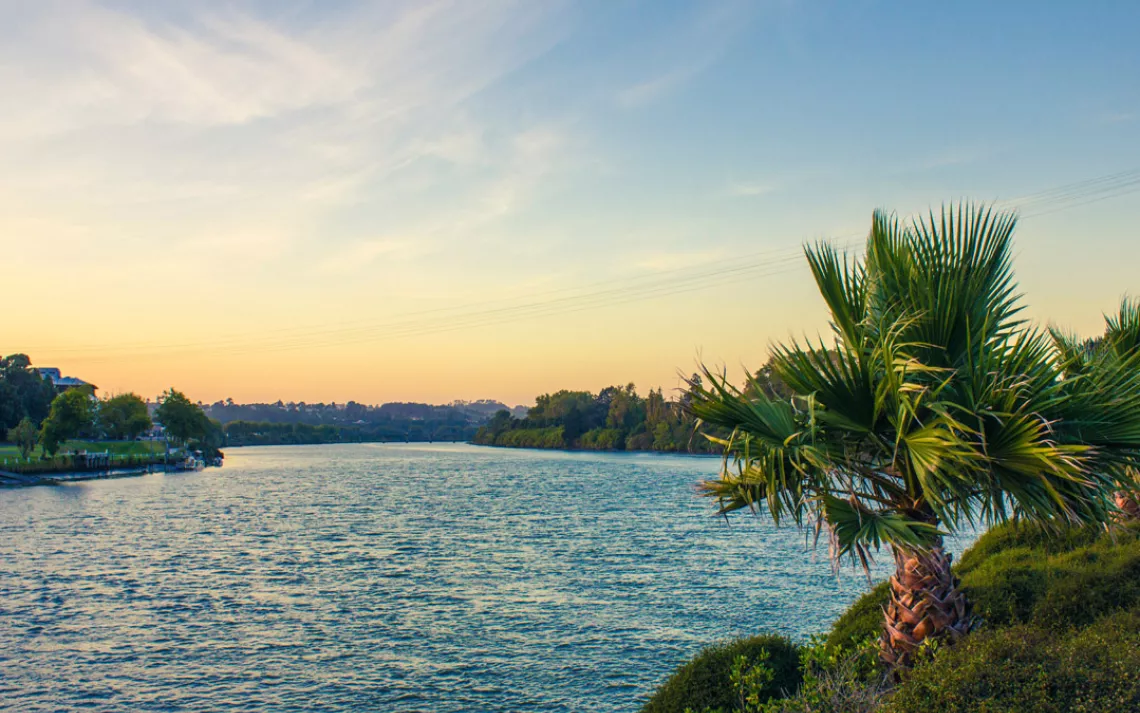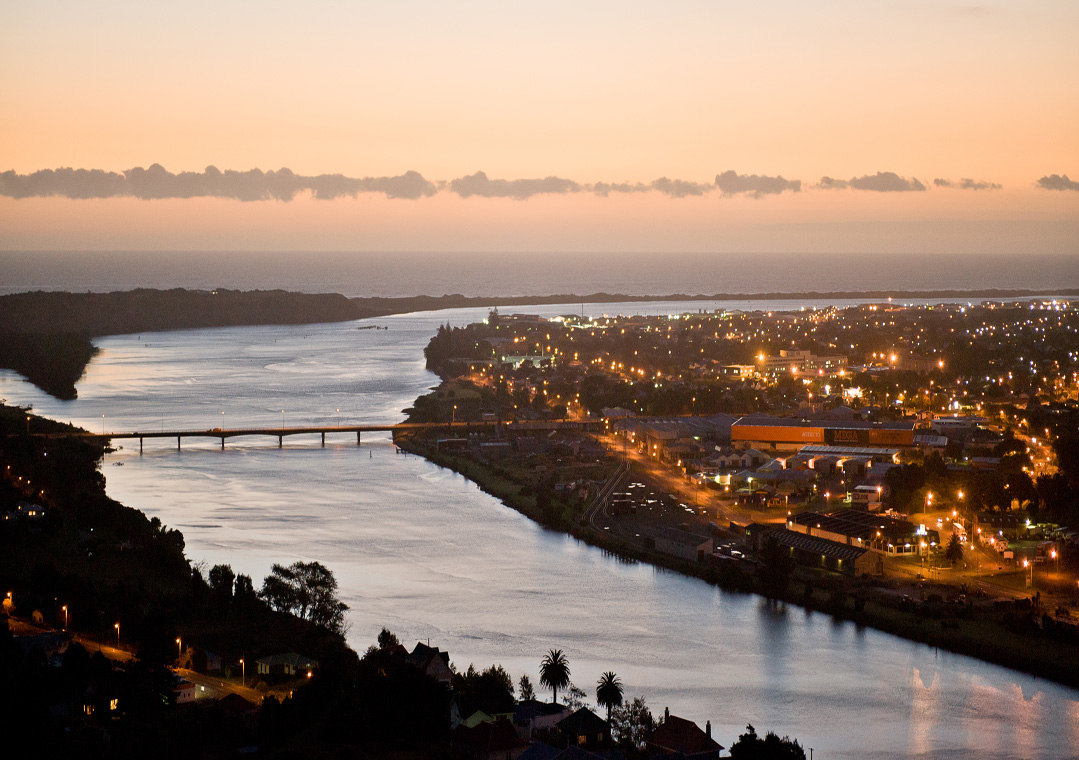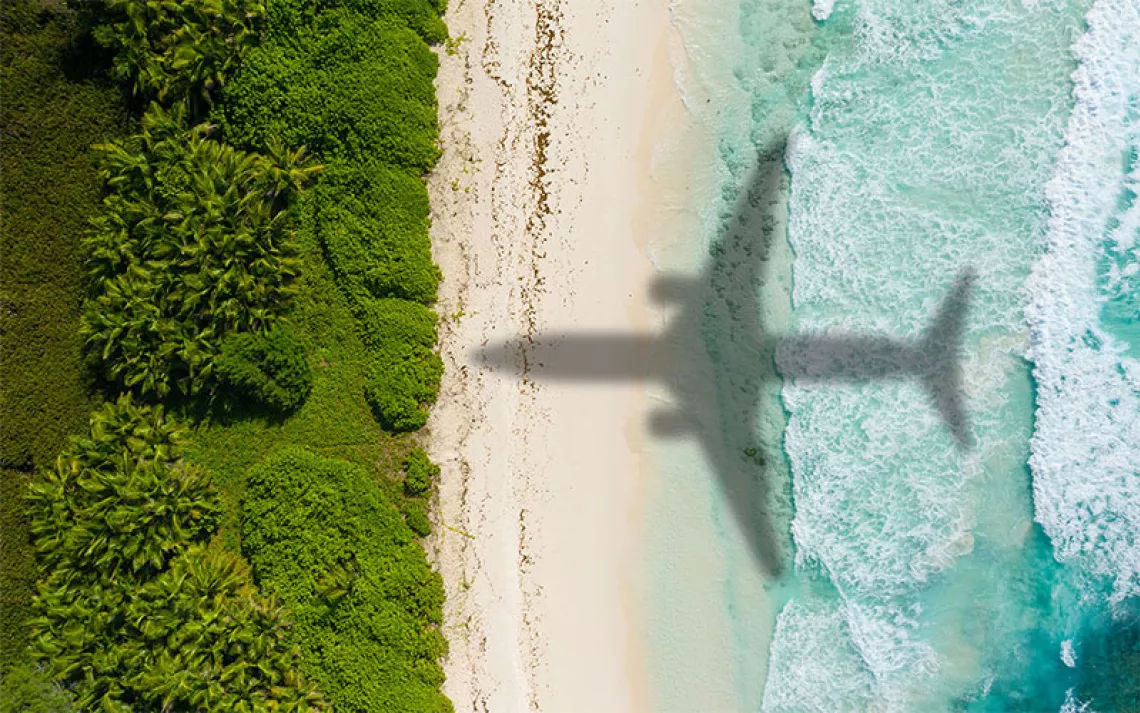When Rivers Are Granted Legal Status as Persons
Sierra Club history plays a role in recently revived Rights of Nature movement

Members of New Zealand’s indigenous Maori tribes have always regarded themselves as part of the universe—at one with and equal to the mountains, rivers, and seas. On March 15, 2017, after 140 years of negotiation, they helped a long-revered river, the Whanganui, gain “legal status as a person.” This means that polluting or damaging the river—New Zealand’s third longest—is now legally equivalent to harming a human.
The Whanganui River was the world’s first natural resource granted its own legal identity, with the rights, duties, and liabilities of a legal person. This breakthrough legislation effectively brought the longest-running litigation in New Zealand’s history to an end, prompting the hundreds of Maori who had gathered in the gallery of Parliament to break into a jubilant, 10-minute-long song of celebration.
That celebration was a long time coming: When New Zealand became a British colony in 1840, Maori chieftains and the British Crown signed the Treaty of Waitangi to guarantee the Maori the continuation of their rights and privileges. Over time, however, land confiscations and wars violated the treaty, and the Maori staged many protests. Their sacred river’s newfound rights as a living entity marks the latest in the New Zealand government’s efforts to settle claims for historic injustices.
This bill also stipulated the compensation of 80 million NZ dollars (55.52 million U.S. dollars) for the tribe and a contribution of 1 million NZ dollars ($694,000) toward “establishing a legal framework for the river,” and designated another 30 million NZ dollars ($20.82 million) to improve “the health and well-being of the Whanganui River.”
“This legislation recognizes the deep spiritual connection between the Whanganui Iwi (Maori tribe) and its ancestral river and creates a strong platform for the future of Whanganui River,” Treaty of Waitangi negotiation minister Christopher Finlayson said in a statement. “The approach of granting legal personality to a river is unique.”
It’s also indicative of the momentum mounting around the Rights of Nature movement. Robin Milam, former administrative director of the Global Alliance for the Rights of Nature, explains that the initiative, since its 2010 origins, serves to “recognize that an ecosystem can have standing and be represented in a court of law.” She adds, “This idea, over time, is emerging into mainstream thinking.”
Indeed, just five days after the Whanganui legislation was handed down, an Indian court declared the Ganges River and its main tributary, the Yamuna, the same legal rights (both are widely considered spiritually sacred). One week later, India’s Uttarakhand High Court declared glaciers, rivers, streams, rivulets, lakes, air, meadows, dales, jungles, forests wetlands, grasslands, springs, and waterfalls—an entire ecosystem—as legal “juristic” persons. This means that anyone who causes injury or harm to these entities, whether intentional or otherwise, is liable to be charged under common, penal, and environmental laws.
These are only the most recent examples of communities adopting the Rights of Nature. Interestingly, the Sierra Club was an early player in this movement.
In 1972, the Club sued Disney to prevent the proposed Mineral King ski development from going in near Sequoia National Park. The case went all the way to the U.S. Supreme Court, and though the Sierra Club lost—on the grounds that neither the Club nor Mineral King Valley had the right to represent or be represented—Justice William O. Douglas asserted in his dissent that under the law, nature should have protections as a rights-bearing entity or person.
Prior to the court case, Douglas had been writing a preface to the forthcoming edition of the journal the Southern California Law Review, which included Christopher Stone’s essay “Should Trees Have Standing? Toward Legal Rights for Natural Objects”; the justice’s written decision closely reflected Stone’s ideas.
“Contemporary public concern for protecting nature's ecological equilibrium should lead to the conferral of standing upon environmental objects to sue for their own preservation,” Douglas wrote. “Before these priceless bits of Americana (such as a valley, an alpine meadow, a river, or a lake) are forever lost or are so transformed as to be reduced to the eventual rubble of our urban environment, the voice of the existing beneficiaries of these environmental wonders should be heard.”
Disney, tired of the lengthy legal battle—and its accompanying public outcry and bad press—dropped the project. Instead of being developed, the Mineral King Valley became part of Sequoia National Park.
The foundation of the Rights of Nature movement had been quietly laid down. In 1974, Christopher Stone’s essays became a book, followed decades later by Thomas Berry’s 1999 The Great Work, Our Way Into the Future, recognizing rights of nature. Then in 2002, Cormac Cullinan penned Wild Law, A Manifesto for Earth Justice, which again proposed recognizing natural communities and ecosystems as legal persons with legal rights.
Gradually, results of this important groundwork began to manifest—in places ranging from coal country, USA, to South America and beyond. In 2006, Tamaqua Borough, Pennsylvania, worked with the Community Environmental Legal Defense Fund, (CELDF) to become the first U.S. municipality to adopt a local ordinance recognizing the rights of nature.
Ben Price, Projects Director for CELDF, stated:
Since this nation’s founding, and for thousands of years before, “law” in the western world has treated rivers, mountains, forests, and other natural systems as “property” with no rights that governments or corporations must respect. This has resulted in the destruction of ecosystems and natural communities, backed by law, public policy, and the power of government. The people of Tamaqua have changed how the law regards nature, and have acted in the grand tradition of the Abolitionists, who launched a people’s movement in the 1830s to end the legal but immoral treatment of slaves as property and to establish forever their rights as people entitled to fundamental and inalienable human rights.
Since then, dozens of communities in at least eight U.S. states—Pennsylvania, Ohio, New Mexico, New York, Maryland, New Hampshire, California, and Maine—have passed local laws codifying nature’s rights. In 2008, Ecuador adopted a constitution recognizing the rights of nature, and in 2010, Pittsburgh became the largest U.S. municipality to adopt a local ordinance recognizing those rights.

A few additional highlights: In 2013, Santa Monica, California, adopted a local ordinance recognizing the rights of nature in its Bill of Rights for Sustainability. And in Mora County, New Mexico, residents passed an ordinance banning oil and gas extraction and, again, recognizing the rights of nature. Thanks to the 2014 Te Urewera Act, New Zealand's Te Urewera National Park enjoys “all the rights, powers, duties, and liabilities of a legal person.” What’s more, Pope Francis in 2015 told the UN that the “environment should enjoy the same rights and protections as humanity.”
As John Muir stated in an 1895 speech, “The battle we have fought, and are still fighting for the forests, is a part of the eternal conflict between right and wrong, and we cannot expect to see the end of it. . . . So we . . . should always be glad to find anything so surely good and noble to strive for.”
 The Magazine of The Sierra Club
The Magazine of The Sierra Club







